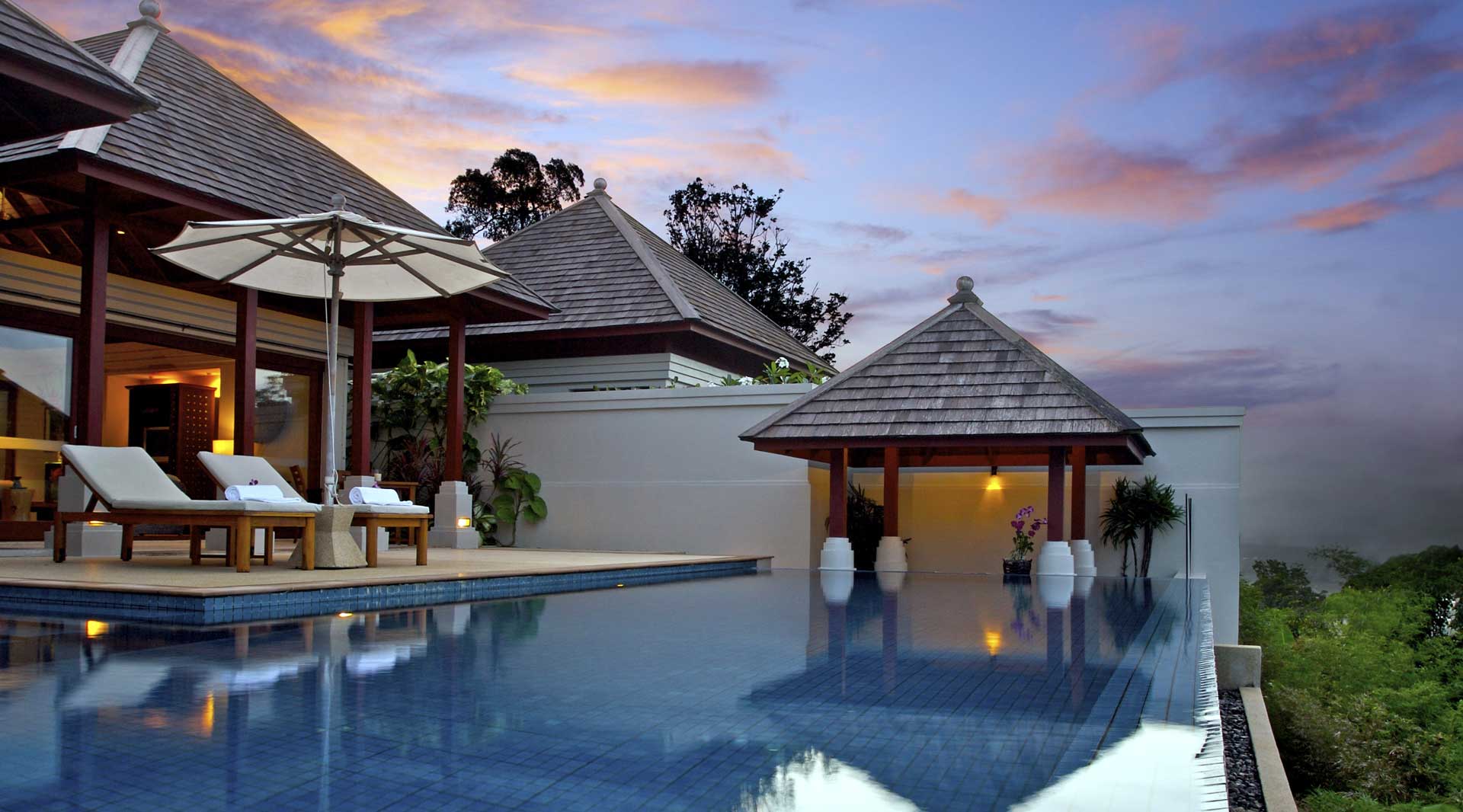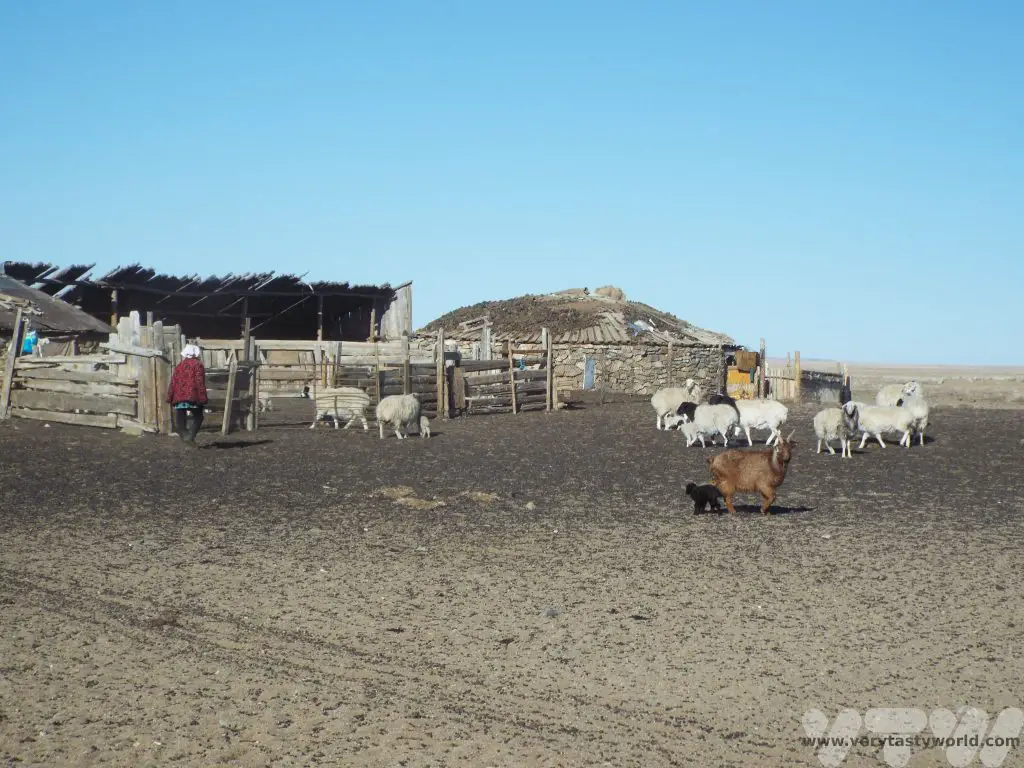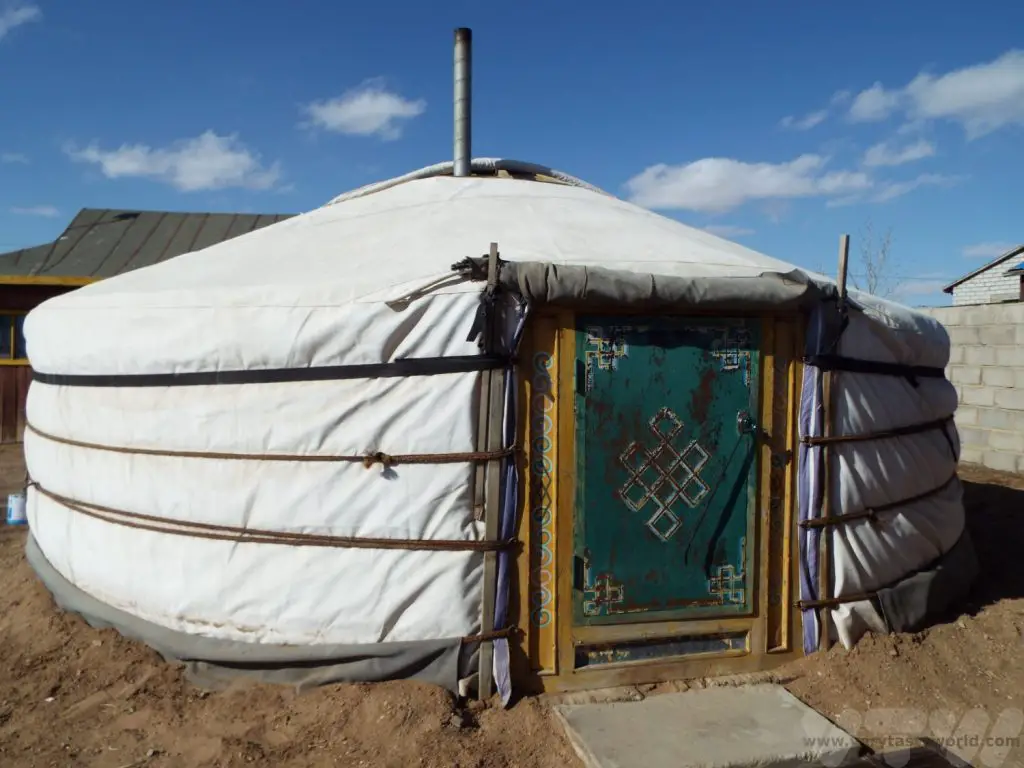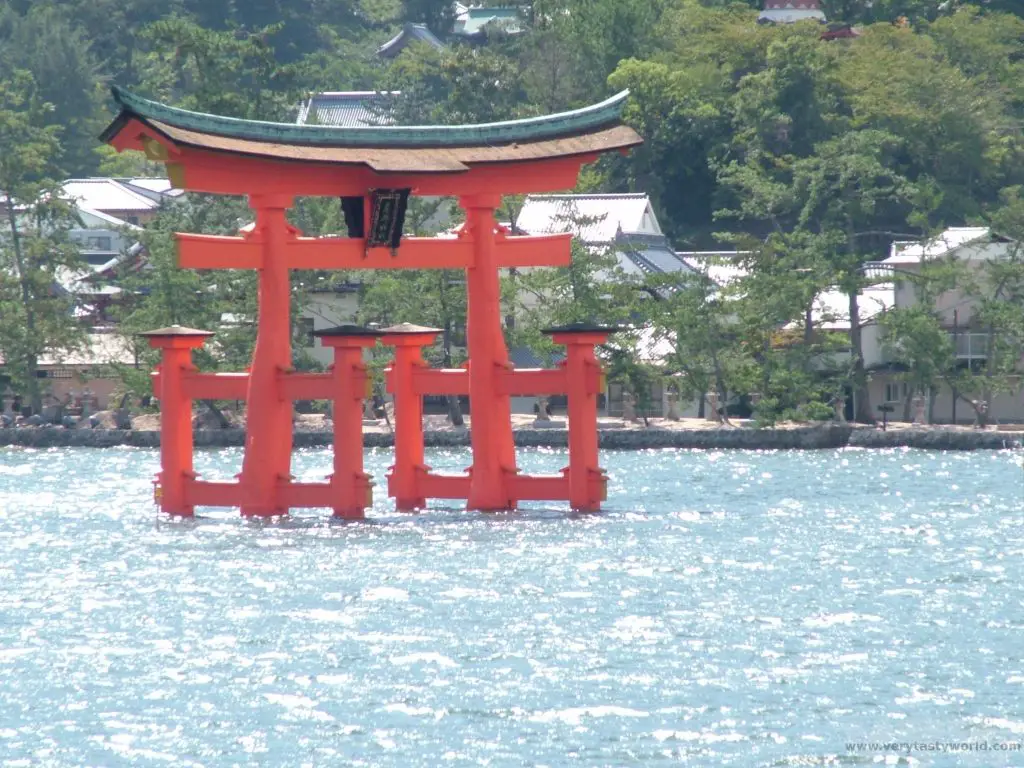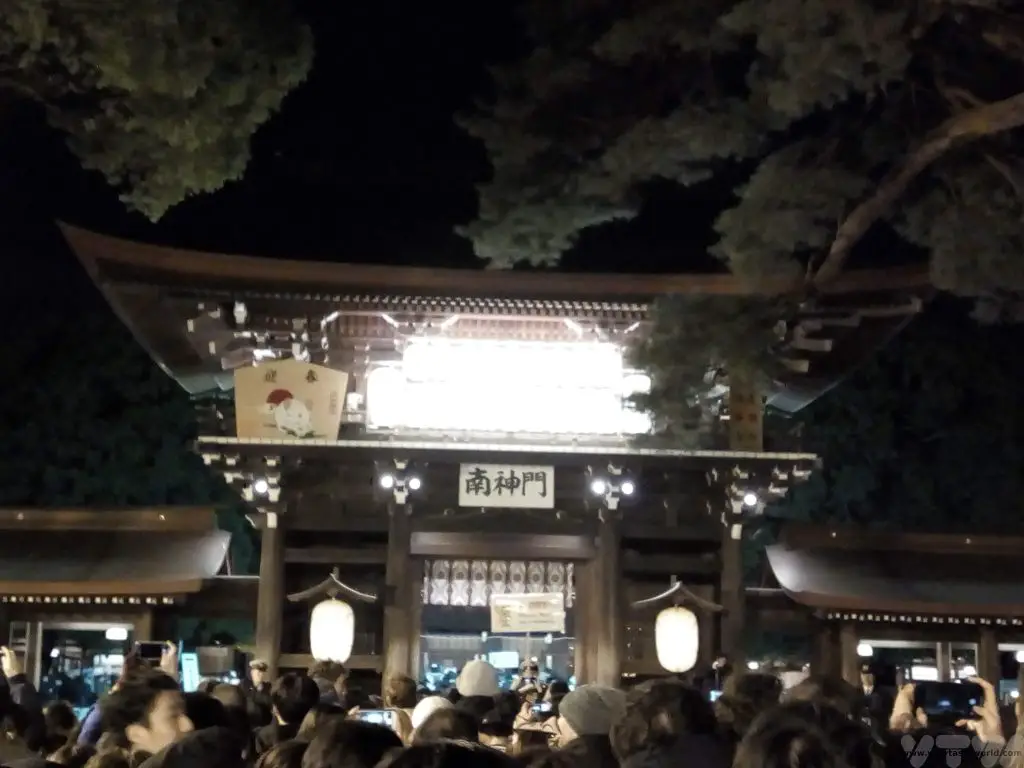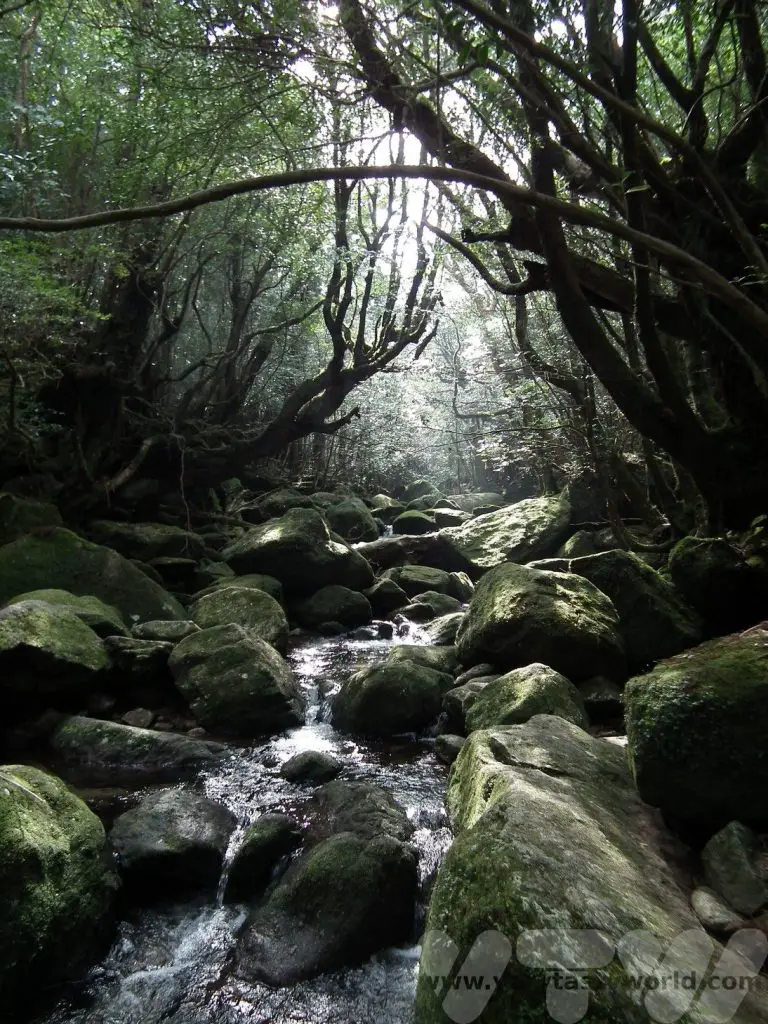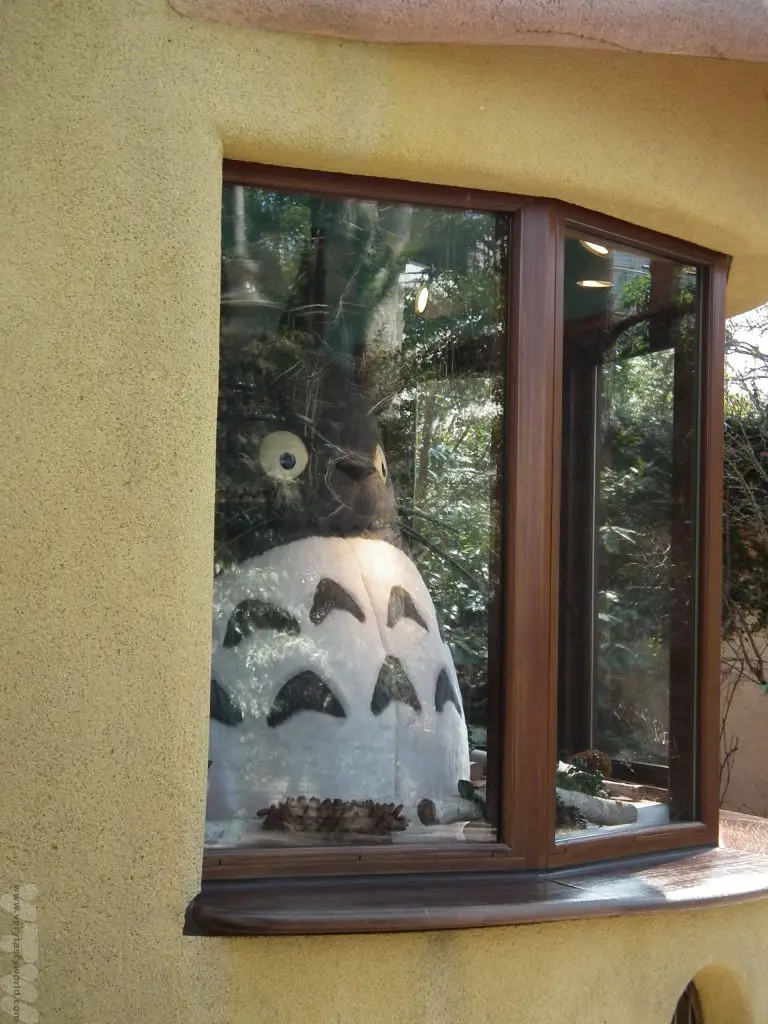Home » Posts tagged 'travel tips'
Tag Archives: travel tips
Showers? Where We’re Going We Don’t Need Showers… Adventures in Washing in Mongolia
Mongolia is the place to have adventures: to go far, far off the beaten track, see marvellous landscapes, meet wonderful people and, in some ways, to challenge yourself. Washing and taking a shower in Mongolia is a very different experience to normal washing in our home country.
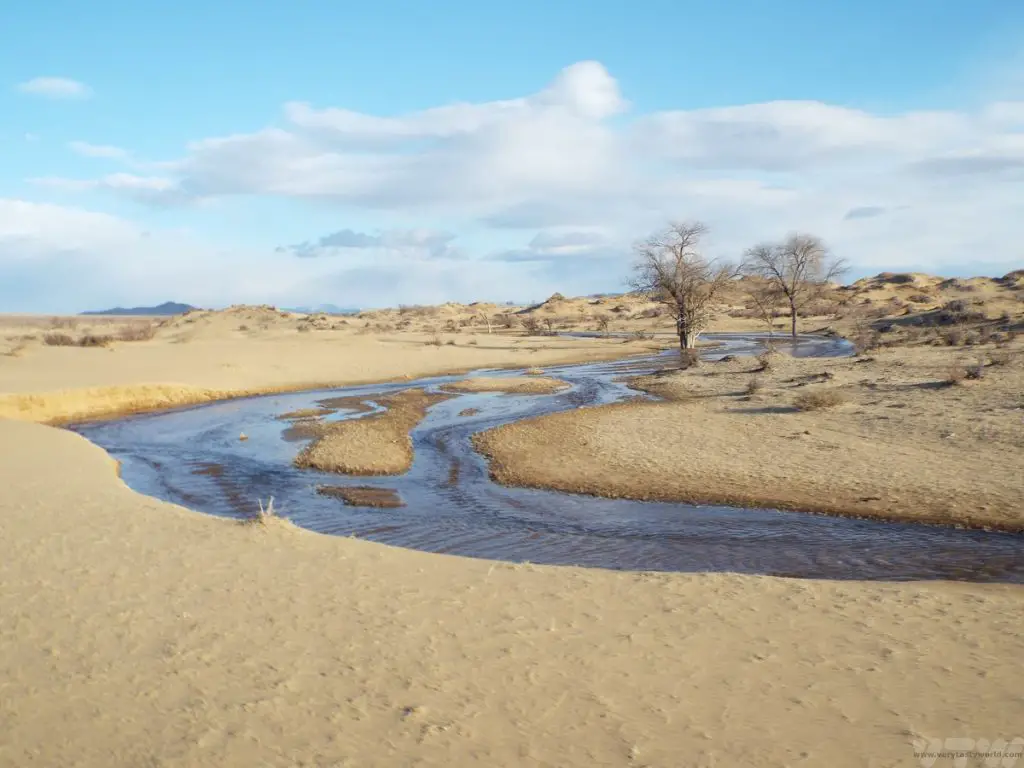
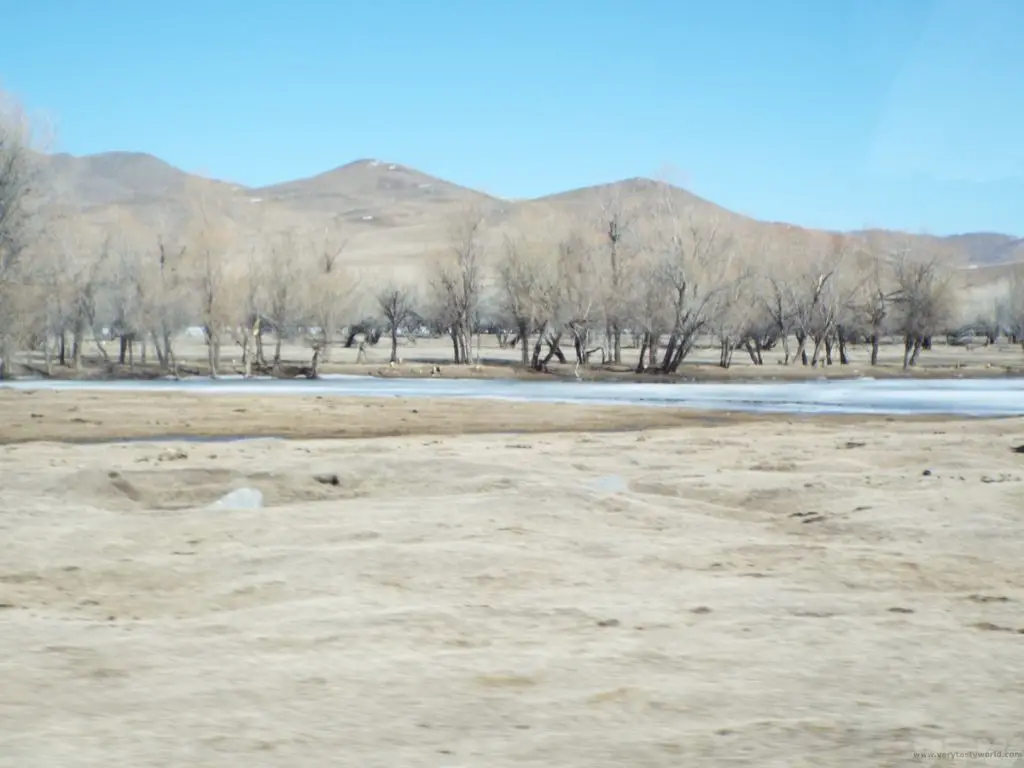
We’ve never particularly been interested in luxurious travel – we feel a bit uncomfortable about having our bags carried for us and we really don’t need lashings of extras in our accommodation – a bed and a bathroom will be just fine. We were quite surprised on a recent trip where we got upgraded from a 3 star to a 4 star hotel in the UK that the difference between these levels of comfort really boiled down to a trouser press and significantly more useless cushions (which all needed to be discarded before trying to sleep) on the bed to make it appear more inviting.
We’ve been lucky to have travelled to many places all over the world. It was on a trip to Bulgaria many years ago that we first learned that some countries don’t have the drainage infrastructure to allow you to place waste toilet paper into the toilet itself so you have to use a bin instead. This really made us think about how we live and helped us realise how lucky we are that we live in such comfort – where we can flush a toilet, or wash ourselves simply by turning on a tap.
Staying In The Gobi
We knew that when we were staying in gers (the Mongolian name for yurts) with nomads in the middle of the Gobi desert a beautifully plumbed-in bathroom was not going to be available. In the middle of a vast desert it is obvious that there is no running water except in some of the larger towns where it would be possible to get a shower in Mongolia.
We were very aware that when we booked our trip, we were going to have to get used to not showering every day and also that the toilet arrangements would largely involve squatting over a hole in the ground. This was the loo in the Gobi.
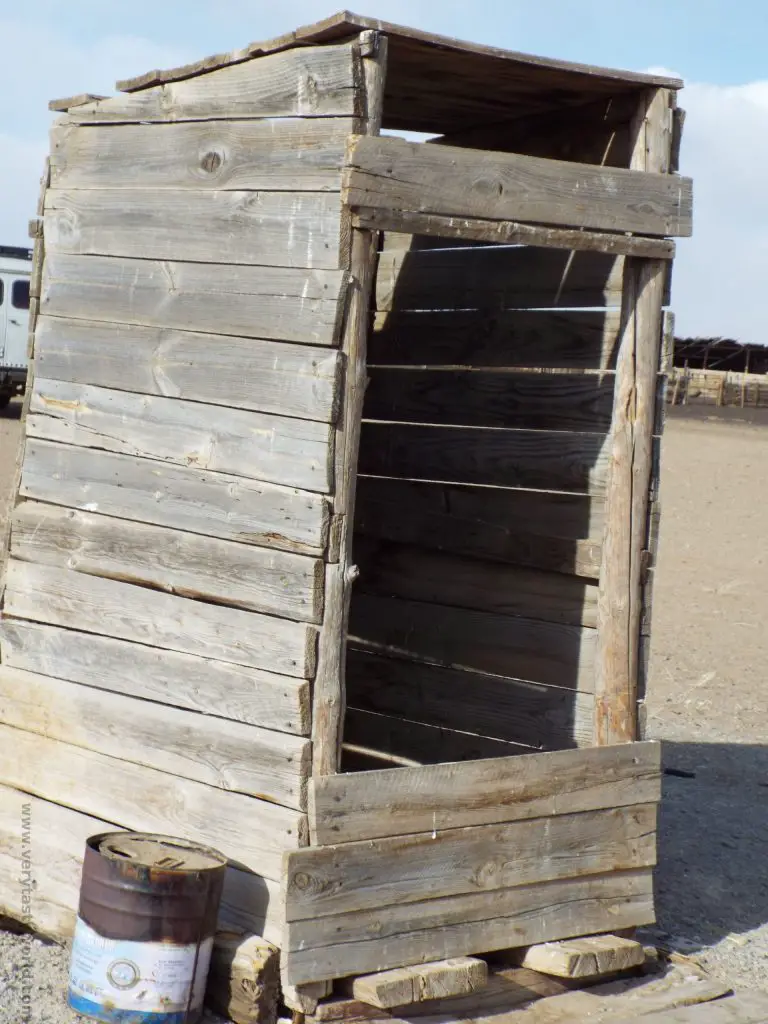
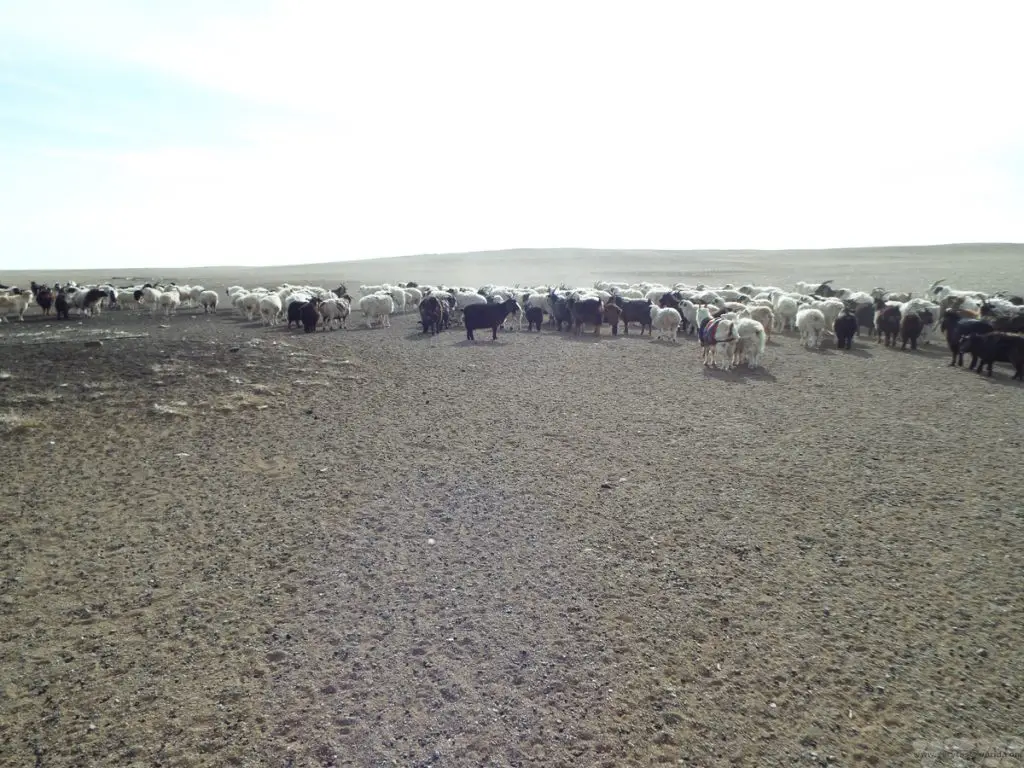
It had a good view, though.
In the Gobi people use a well to obtain water.
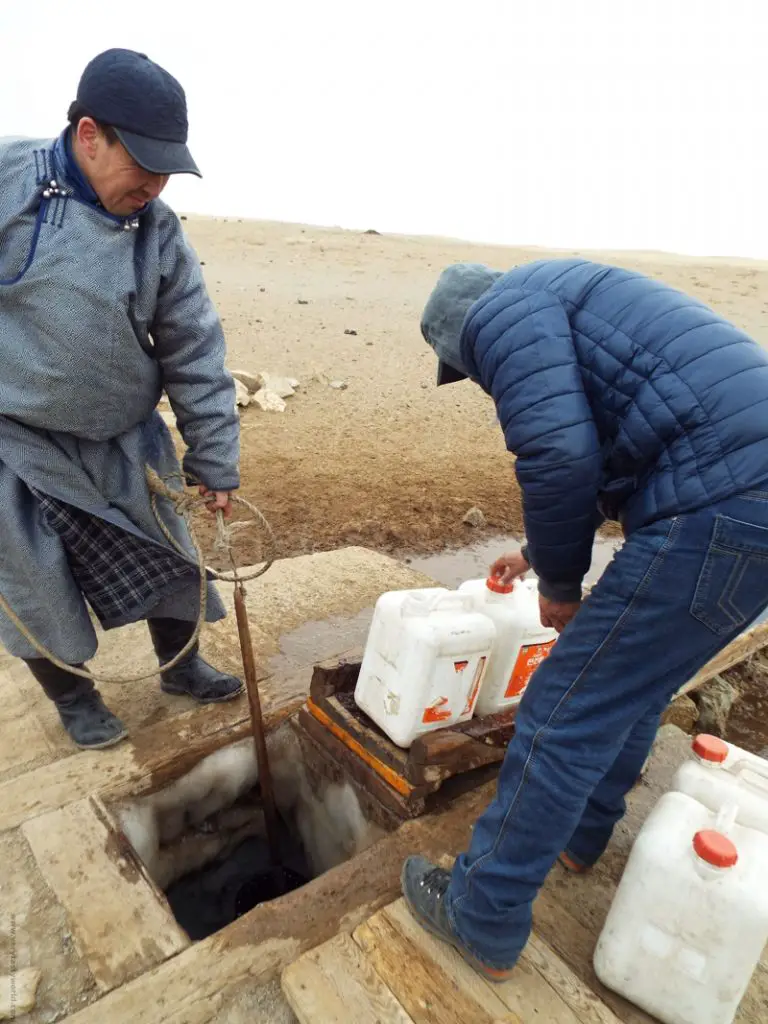
Sleeping In A Ger
You are always conscious of how precious a resource water is. You don’t waste it. Whether we were staying with families who had kindly shared their homes with us or in ger camps, water was always available, but it was finite, stored in a barrel in the kitchen area. There is a wash area to the right side of the door and many gers have a little water container located above a sink area which has a tap. You run it for a minimal time to get just enough water to wash your hands or clean your teeth. In tourist ger camps, there wasn’t always a basin inside but there was often an outside communal area where a sink had been set up between the gers where it was possible to have a quick wash/teeth clean.
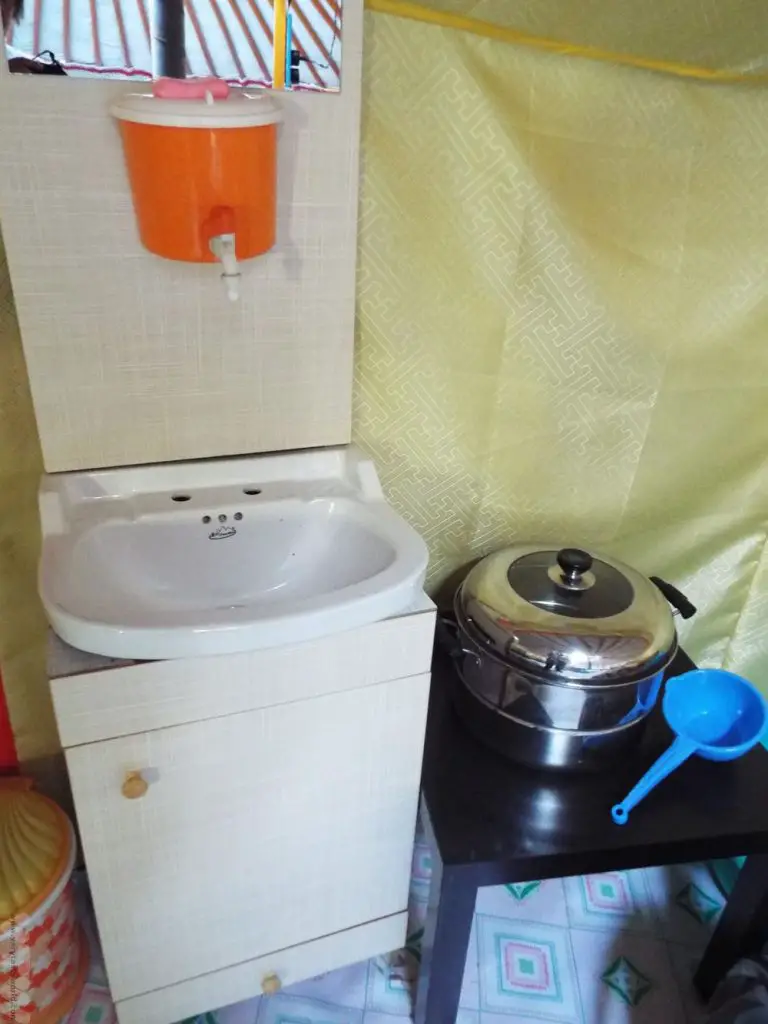
It’s not unfair to describe Mongolia’s climate as extreme with the vast temperature differences it experiences across the year. A landlocked country, with a continental climate, temperatures in the Gobi can range from -30⁰C in winter to 40⁰C in summer. It is also very dry, which helps mitigate the impact of these extreme temperatures, and usually has around 250 sunny days each year. We visited in early spring when temperatures were still largely sub-zero – around -15⁰C at night, rising to 0⁰C during the day. Curiously, because the humidity was so low these temperatures didn’t feel as cold as they should. Likewise, the dry summer heat would be more bearable than, say, the humid climes of south east Asia or central America. But, of course, you do still need to wash.
Sanitiser gel and wet wipes (environmentally sound, non-plastic ones) were useful. But with wet wipes you do need to dispose of them properly. Indeed, waste disposal is a problem in Mongolia, so we always carried our rubbish with us until we reached a public bin where we knew it would be collected. (Not all that is ours!)
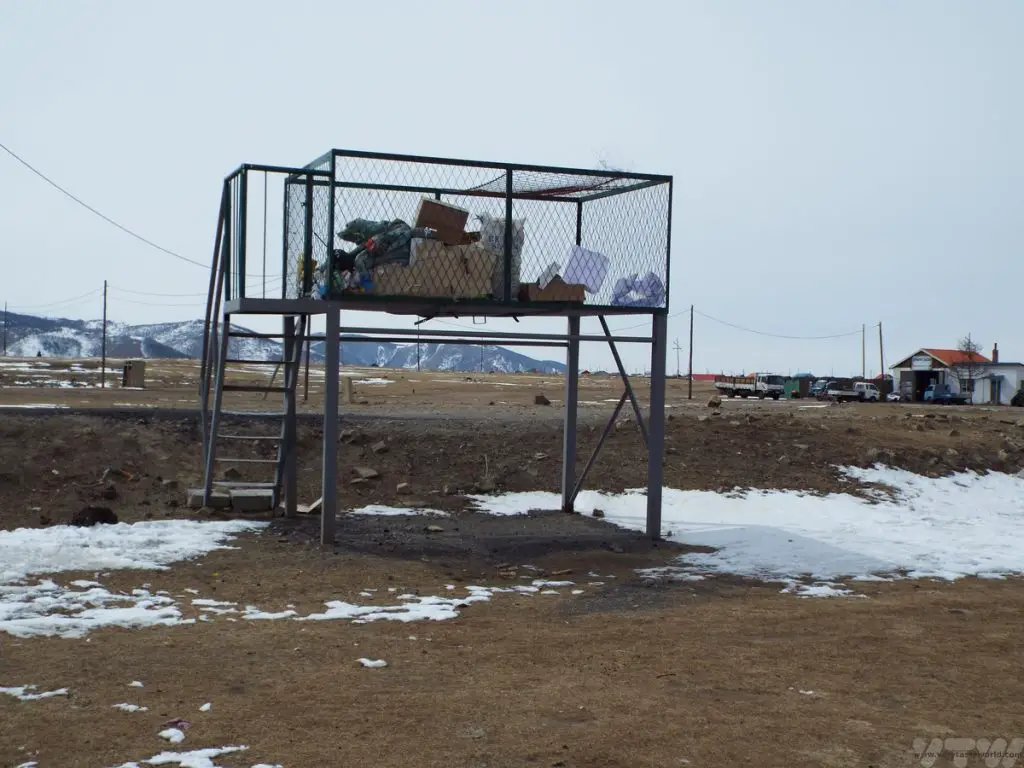
Where To Get A Shower In Mongolia
We had about three showers during our eleven day trip. Not washing and having greasy hair is surprisingly liberating – much more than we thought it would be. But how do you get a shower in Mongolia? You do what the locals do and go to a shower house. These are usually located in the larger towns.
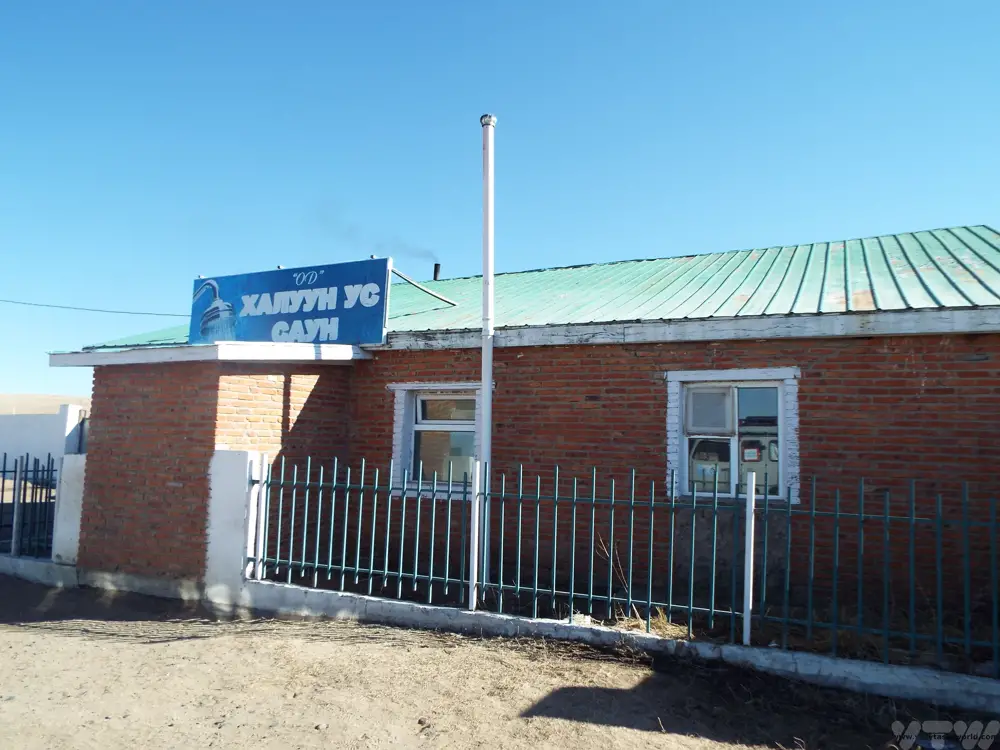
For a small fee you can use a shower room, with hot running water, either on a family/couple basis or hire an individual shower. There is a usually a changing room adjoining the shower room itself. We brought our own towels and toiletries (just soap/shampoo) with us. Because we were travelling at the end of winter we could walk straight in but during the summer months you may have to queue on a first-come, first served basis. They are basic but entirely functional.
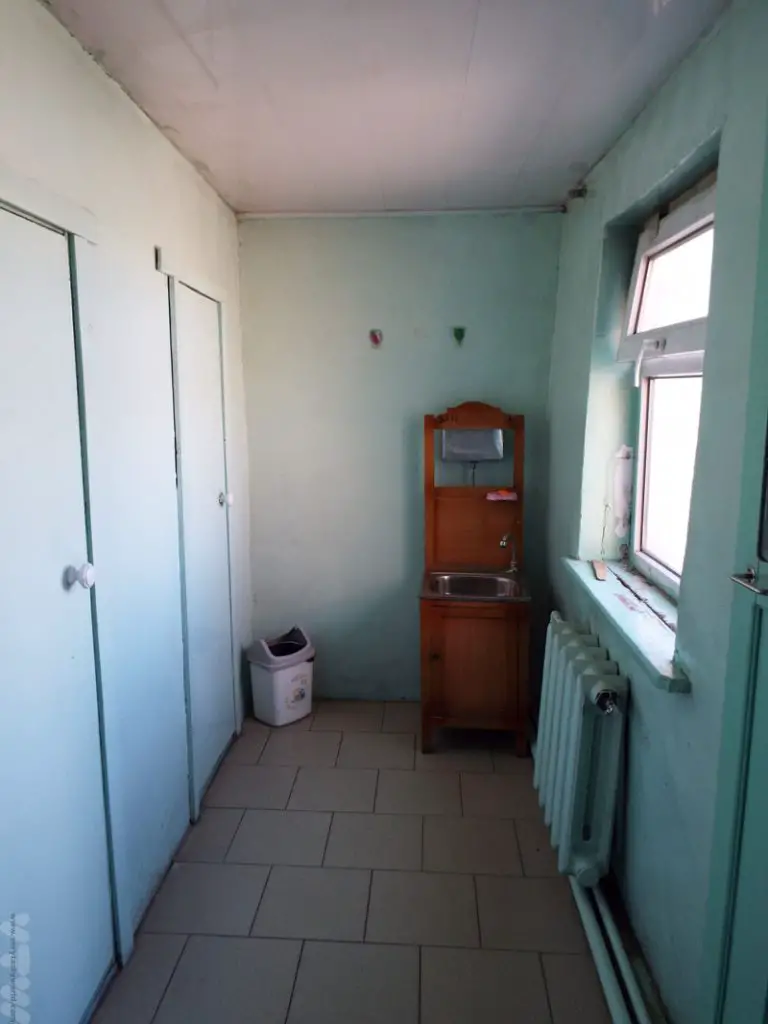
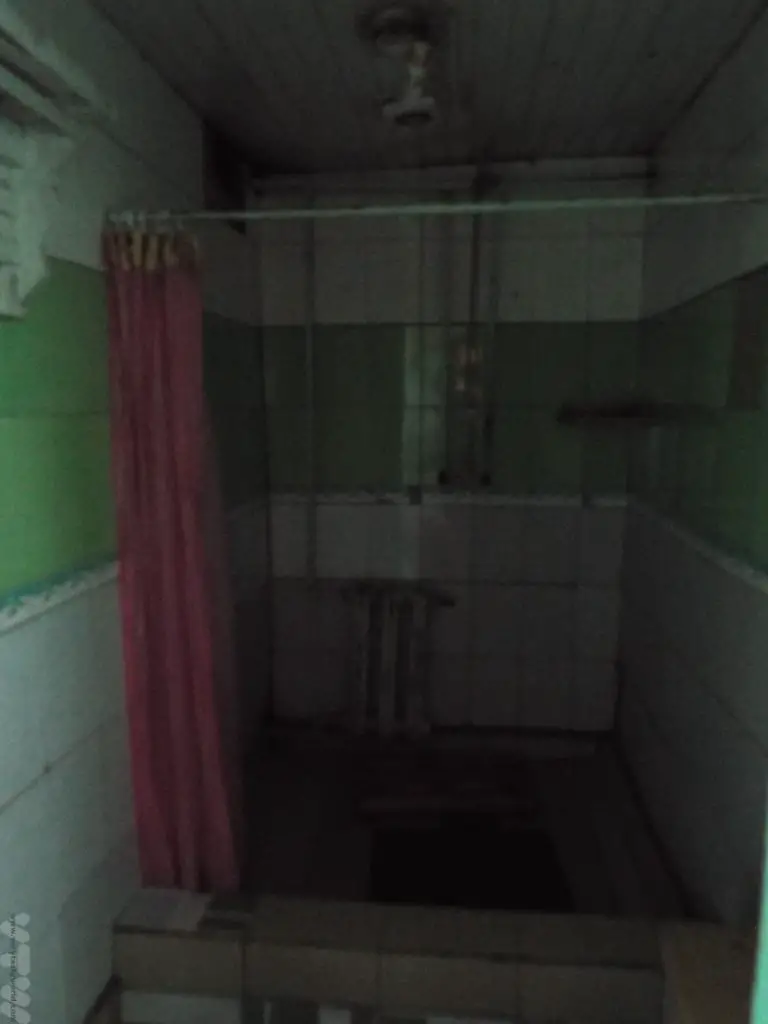
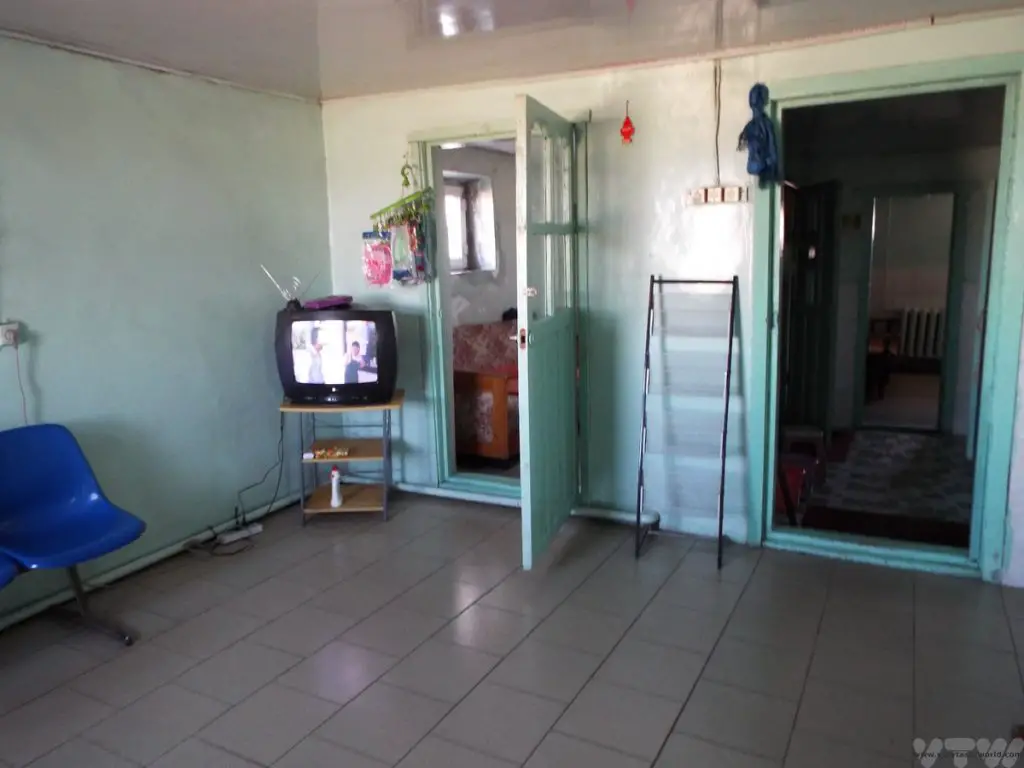
Packing Essentials For A Shower In Mongolia
For Shower Days
Travel towels – if you manage to get a shower in Mongolia microfibre are best. They dry you quickly and they dry quickly after they’ve dried you. If you’re staying in a ger, you can hang your towel from the rafters to let it dry. We found that our hosts often used the rafters for hanging out their washing, or as a coat stand. You can get a variety of travel towels that squish nicely into a bag.
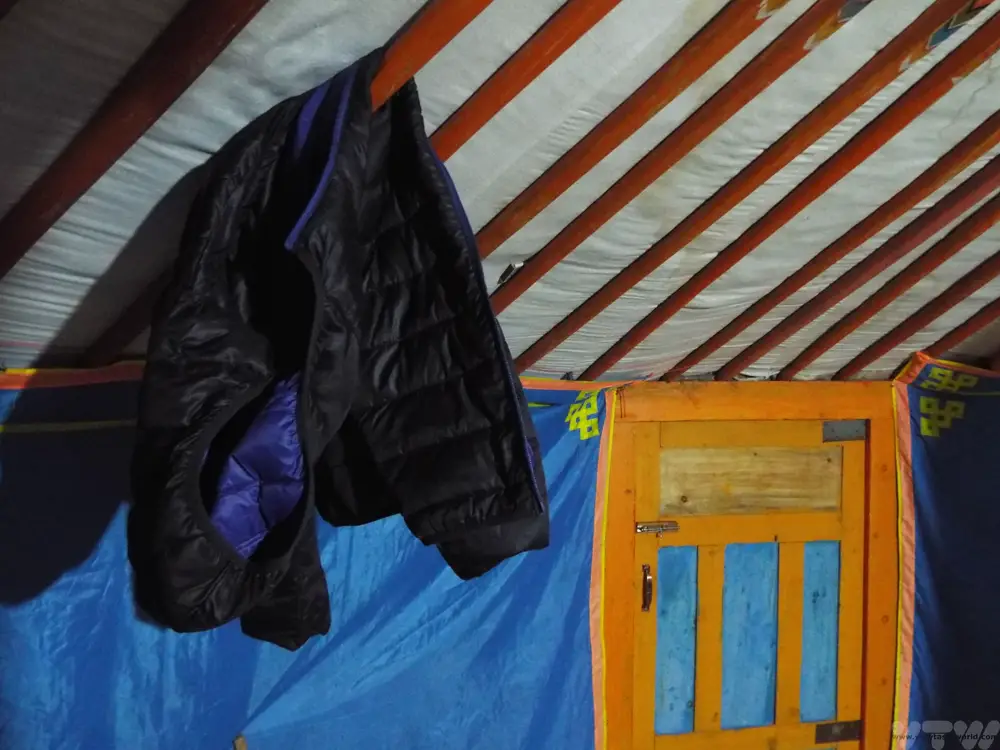
Basic toiletries – We tend to use products that combine body and hair wash. If you’re not sharing a shower room, you’ll need one for each person (or wait until your companion has finished washing).
For Non-Shower Days
Wet-wipes – useful for a ‘lick and a promise’ wipe wash. Try to get the biodegradable types. If you can’t, they need to be disposed of responsibly, never to the environment.
Hand sanitiser – once an essential item for travellers, now an essential item for the world, especially helpful for cleaning your hands after answering the call of nature.
General
Deodorant/anti-perspirant – you can get some types that last for 48 hours. Moisturiser and lip salve may also be useful – the cold weather can dry the skin somewhat. Suncream is also a good idea.
Shaving kit if you need/want it. Electric would be best. Make sure you have batteries, you are unlikely to be able to charge a shaver in a ger. Most of the time the only electricity available will be for a single light bulb, often run from a car battery.
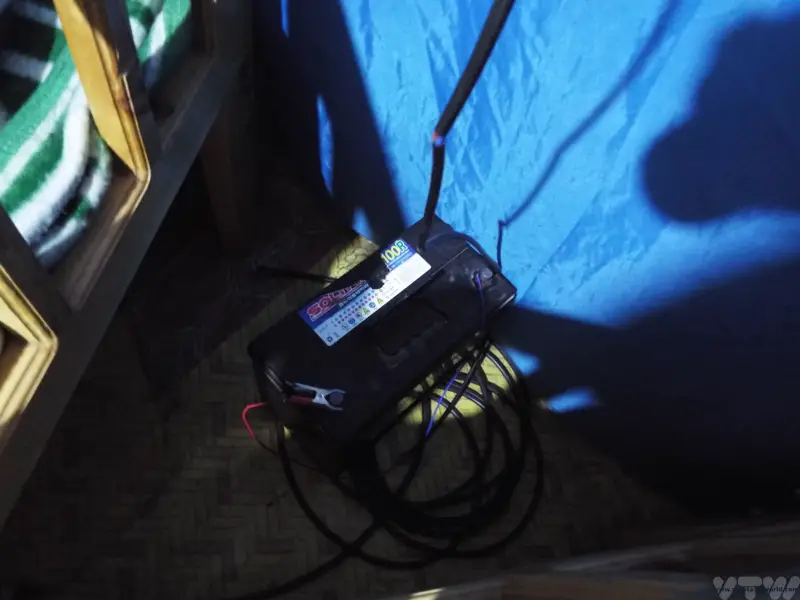
Head torches are really useful, particularly if you need to answer the call of nature during the night. The toilet is usually located a fair distance from the ger so you will need to be able to see where you are going. Using a torch that can be worn on your head means that you have both hands free. USB charged torches are cool but there won’t be a USB charging point in the desert, so you will need a battery operated one. It’s worth remembering to bring a few spare batteries as well.
And, don’t forget your toothbrush. Cleaning your teeth using the water supply in the ger is absolutely fine. The water from the wells is pure and we happily drank it without filtration.
There may be additional toiletries that you will need, in which case bring them along. We tend to bring only as much as we expect to use so rather than take a big bottle, we estimate the required amount an decant it into smaller bottles.
There are other products, such as dry shampoos which will wash your hair without water, that you can investigate if you really can’t go without a hair wash. We didn’t bother. Things like towels are entirely necessary but tend to bulk out your luggage and we wanted to travel as light as possible.
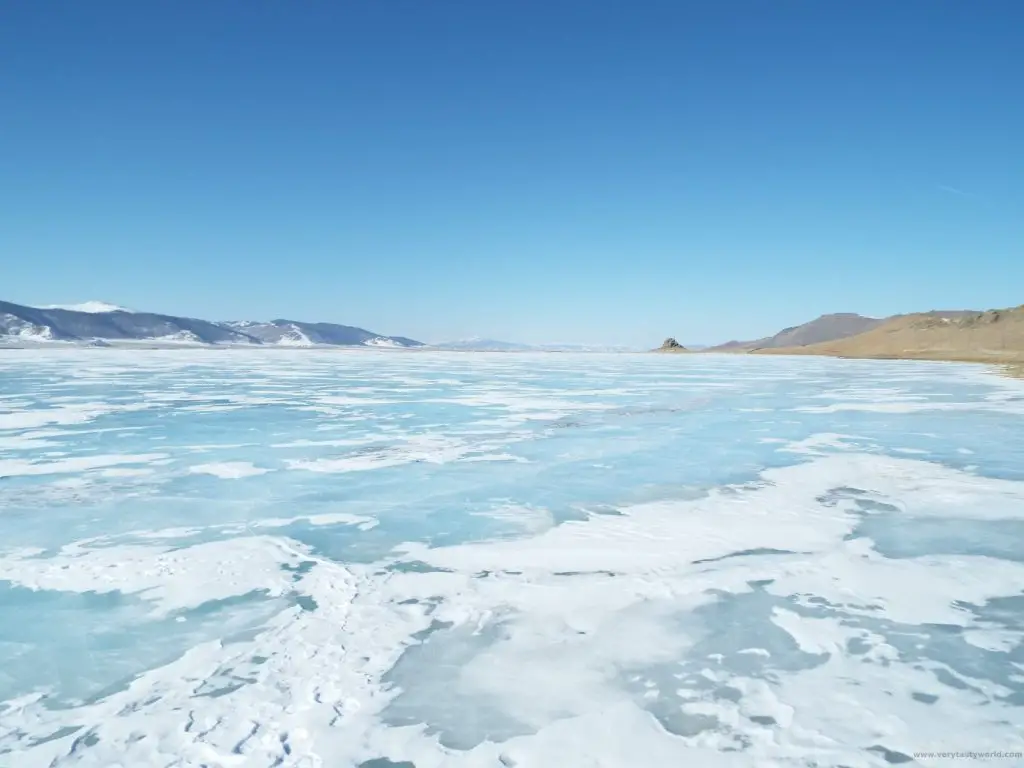
In terms of clothing to pack, we found that layering was a really good idea. You will want to wear socks in bed, along with thermal pyjamas, and as many duvets and blankets as can be squeezed into the van.
It was difficult – initially – to leave our comfort zone and get used to very basic toilets as well as go without washing, but actually we surprised ourselves at how quickly we just got stuck in. We had a remarkable – and hugely enjoyable – adventure.
Related Posts You May Enjoy

Japanese Business Hotels – Cheap Accommodation
Developing a Business Plan:
Japan has a reputation for being an expensive country to visit. And while it is possible to spend a lot of money on wonderful accommodation (as it is pretty much anywhere), there are plenty of cheaper options, such as Japanese business hotels.

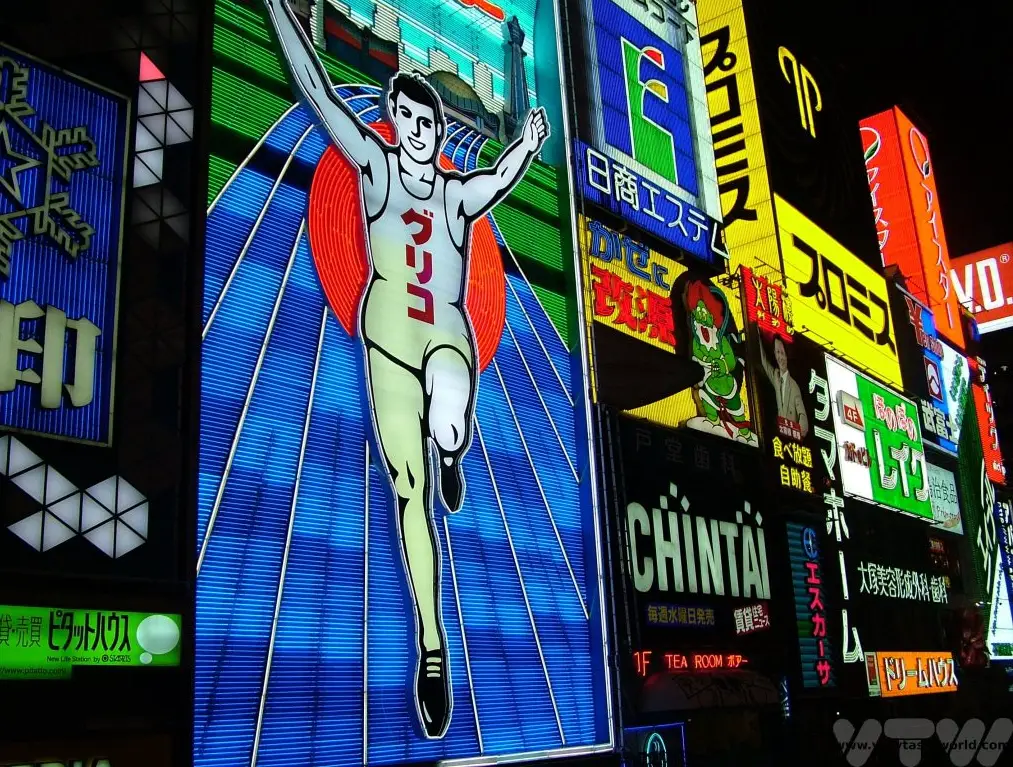
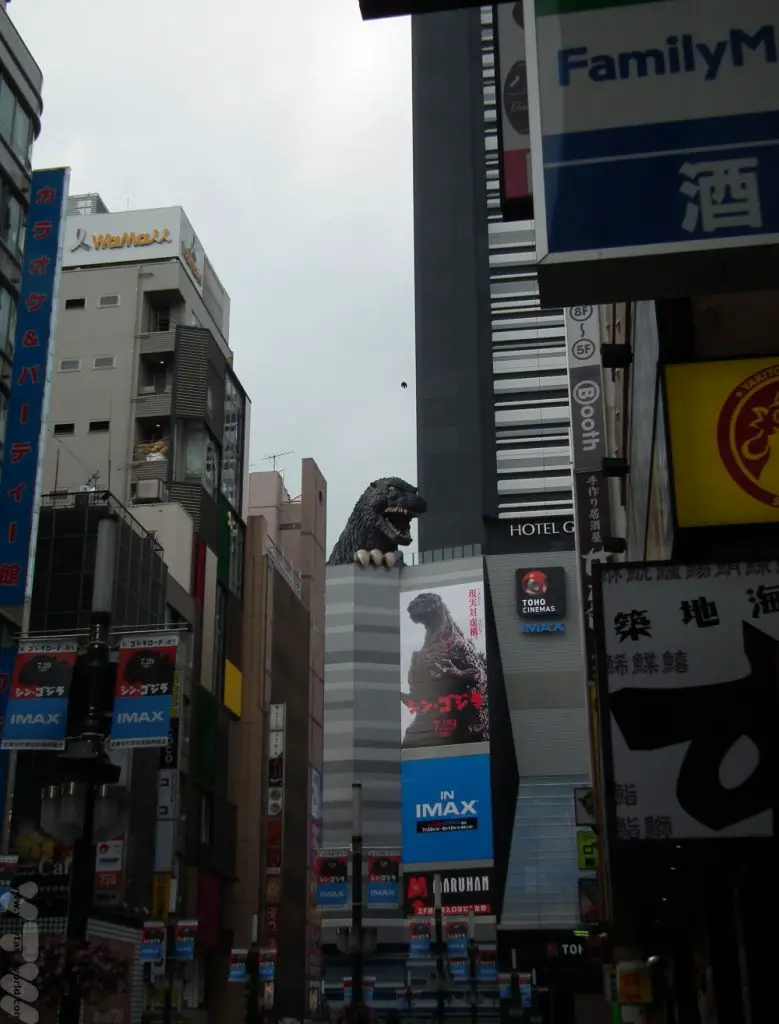
Business hotels are a great way of finding good value accommodation in Japan, especially in cities. Many are located close to railway stations, so you don’t have to drag your luggage too far if you are travelling by public transport (easily the best way to tour around Japan, especially if you have a Japan Rail Pass ). They are primarily designed for salarymen on business trips but are great for tourists too. There are loads of affordable hotels right in the centre of Tokyo; business hotels in other cities can be significantly cheaper.
You can reserve accommodation via the usual hotel booking sites but these days most hotels have an English language website where you can book direct. It’s worth noting that some hotels don’t release dates until quite close to the time of stay (between one and three months) so if you are super-organised and want to ensure you have your accommodation booked early the booking sites still offer a pretty good deal – and a guarantee that you can stay there. Indeed, some may offer free cancellation up to a few days before your stay so you could book up early and change your plans if you need to.
Japanese Business Hotels – What To Expect
Business hotel rooms are small. There’s no escaping that fact. Think of all the estate agent euphemisms about describing tiny spaces: “small but perfectly formed”, “compact and bijou”, “cosy”… We’ve stayed in some rooms where you could barely swing a kitten, let alone a cat.
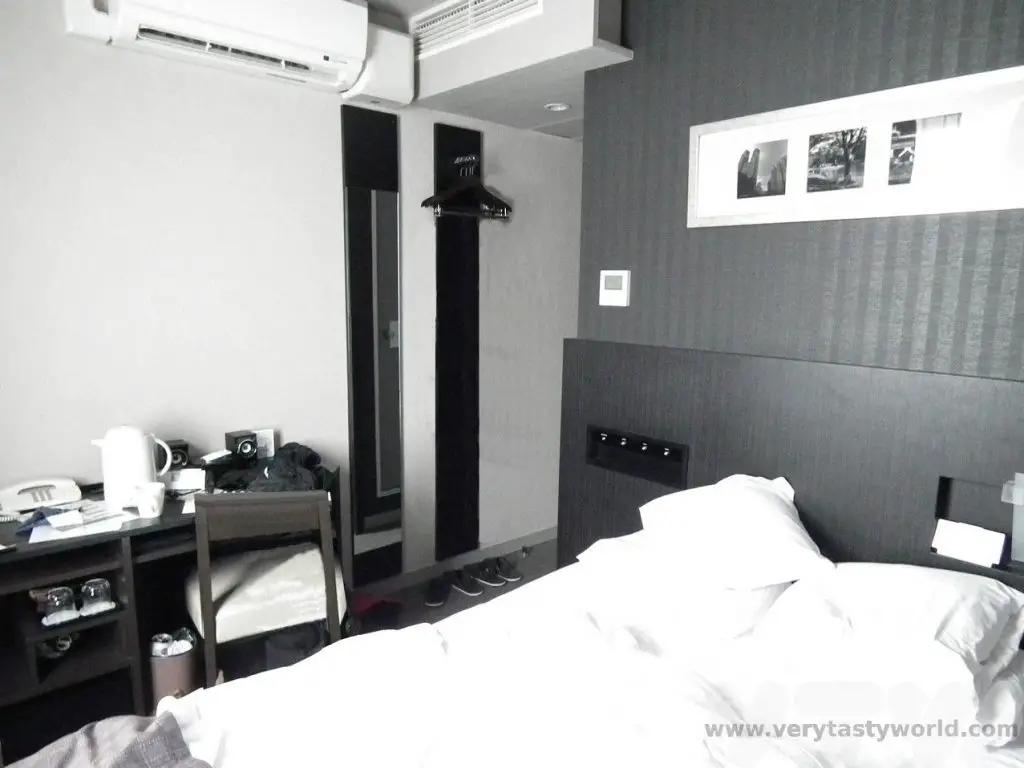
Sometimes the hotels themselves are tiny. You might walk into a compact lobby that has just a front desk and an elevator to the floors above. But, the thing is, you’re in Japan! Why would you want to spend time in your hotel when there are amazing vibrant neon cities or charming towns to explore?
If the room is small then the bathroom is minuscule. It’s a pre-fabricated plastic shell. But everything you need is in there. Bath/shower, basin and… the toilet.
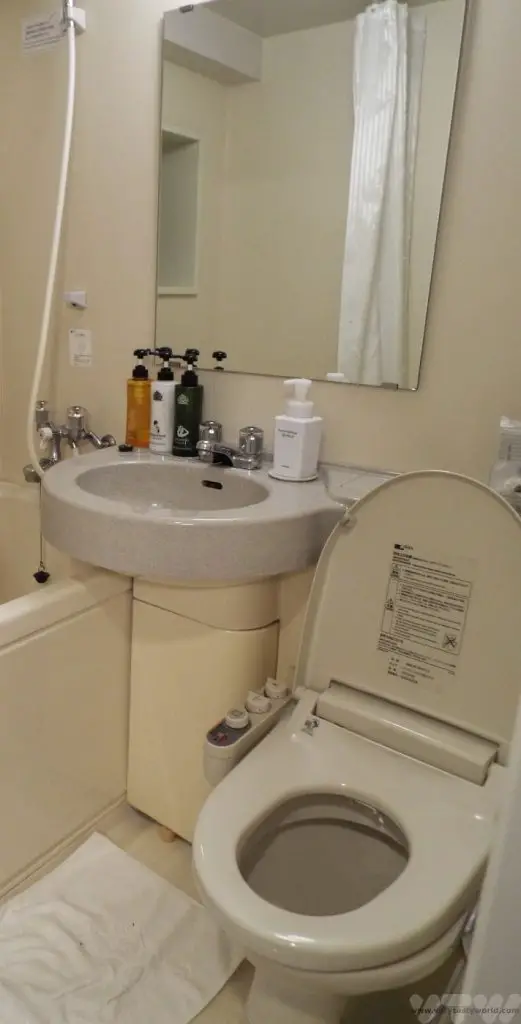
Japanese toilets are an experience in themselves. When you discover that your toilet has a control panel you know that your bathroom experience is going to be… interesting. Don’t worry, it’s fine, you can get away with answering the call of nature then simply pressing a button (look out for the kanji 大 (big) or 小 (small) to get the required level of flush) but if you’re feeling more adventurous bidet options are very common, so be prepared for a jet of warm water if you select the right option. Of course, the instructions may be in Japanese, in which case you might be taking pot luck. This kanji means stop: 止. Some toilets are sophisticated enough to have seat warmers or even make a sound of tinkling water to disguise those undesirable body sounds emitted while using the loo.
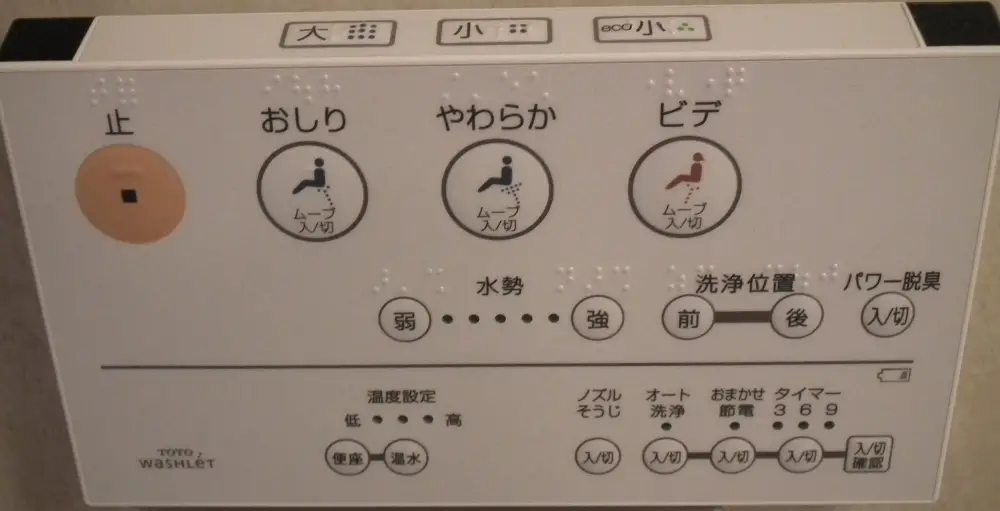
The bathroom will also contain a basket of useful toiletries which are free for your use. These include a toothbrush/toothpaste set, razor and shaving foam, a comb and other little items. So you really don’t have to worry if you forgot to pack your toothbrush!
Indeed Japanese business hotels manage to pack a huge amount of facilities into such a compact space. And they genuinely supply everything you need.
Most rooms will have a fridge. They are small but great for storing a beer or sake (or two) and, also, you might want to pick up a breakfast bento at the local konbini convenience store.
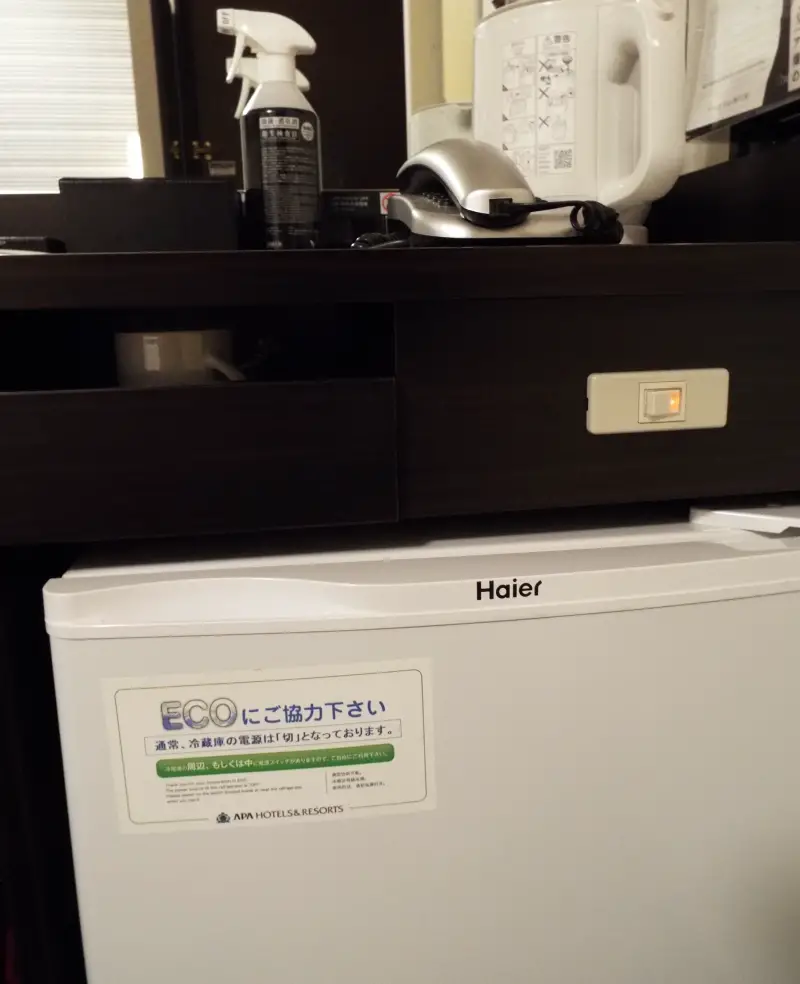
Most business hotels will supply disposable slippers (using outdoor shoes inside is usually a no-no in Japan) and sometimes there will be a yukata (light cotton kimono) for relaxing in.
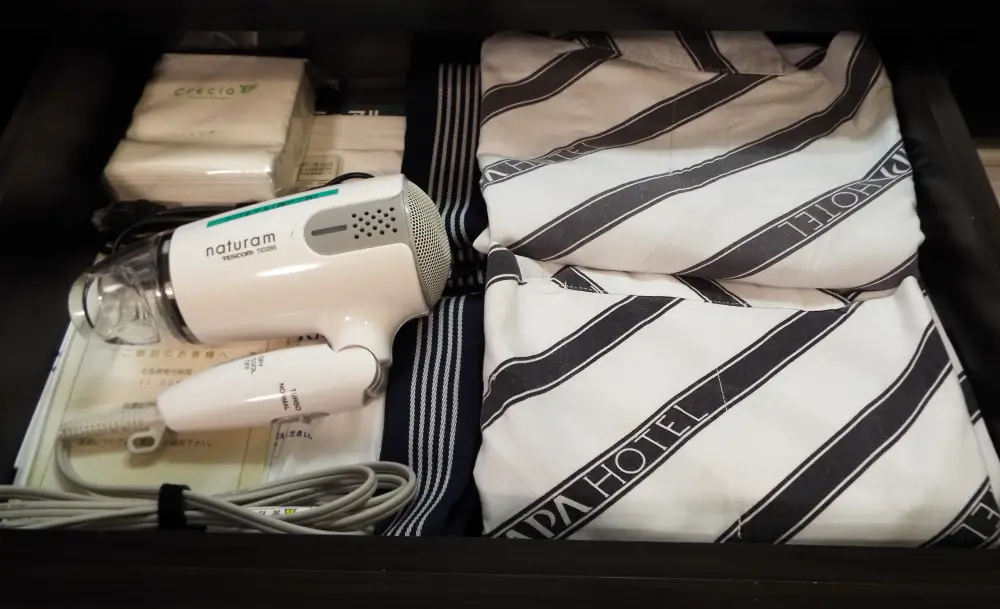
There’s always a TV as well as a kettle and cups along with sachets of tea so that you can enjoy a hot beverage, if you can work out how to use the kettle (fill with water and press the buttons bearing in mind that one will probably dispense very hot water, if indeed you’ve managed to heat it).
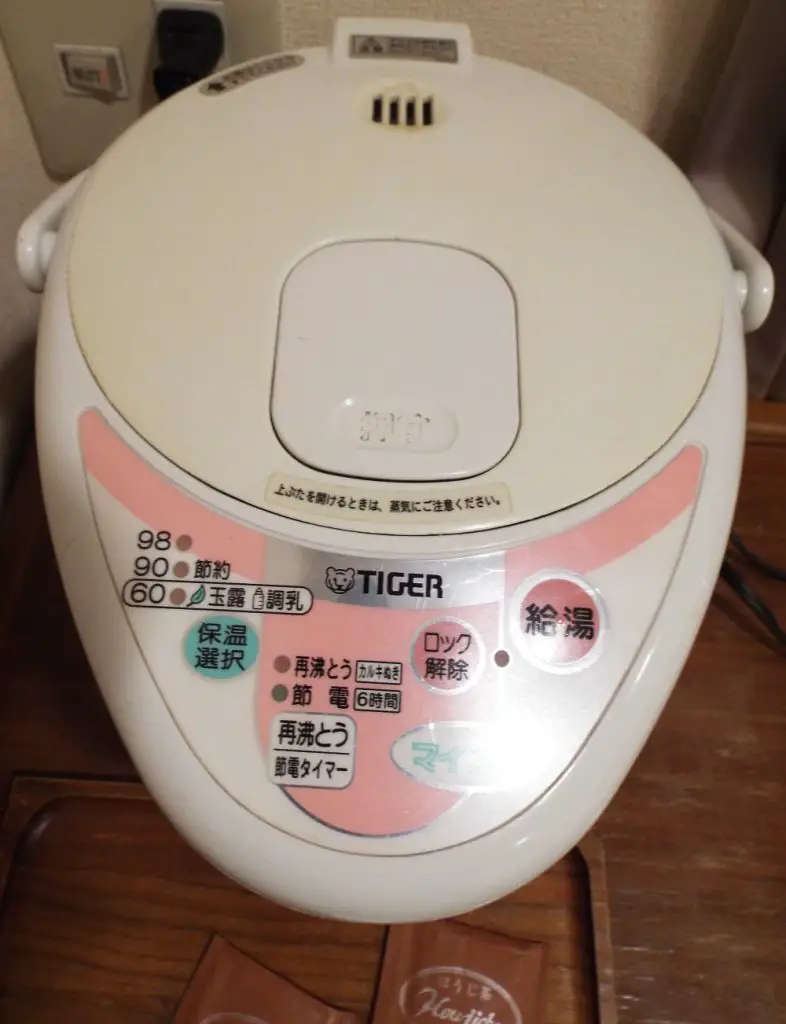
One problem we have found is that it can be tricky to store your luggage. Some beds have enough space to push your luggage underneath and this works particularly well if you have squishable soft bags. Big, hard cases are not ideal, but there is a solution if you don’t need to have all your luggage with you all the time. You can forward luggage to another hotel via Takkyubin (described here) which is an amazingly efficient and great value service. We often found that keeping one ‘big bag’ (we always ensure that we have a mix of our clothes/undies for each of us in both bags rather than packing a separate bag per person – just in case luggage gets lost on the flight out) and forwarding the other onto another hotel means that you only need to worry about storing one bag in the room.
It’s not common for Japanese business hotels to offer a substantial breakfast and many won’t offer food at all. Some may have a small café area where you can pick up a tea or coffee, others may offer a basic breakfast – such as rice balls (onigiri) and a cup of green tea. There will almost certainly be vending machines so that you can purchase food (snacks or cup noodles) and drinks (soft drinks, canned coffee or beer). And you usually won’t be far from a convenience store (konbini) where you can buy pretty much anything you might need! We often pick up a bento (boxed meal) for breakfast – at a few hundred yen they are cheap and filling and can be stored in the room’s fridge. There’s usually a great variety to choose from.
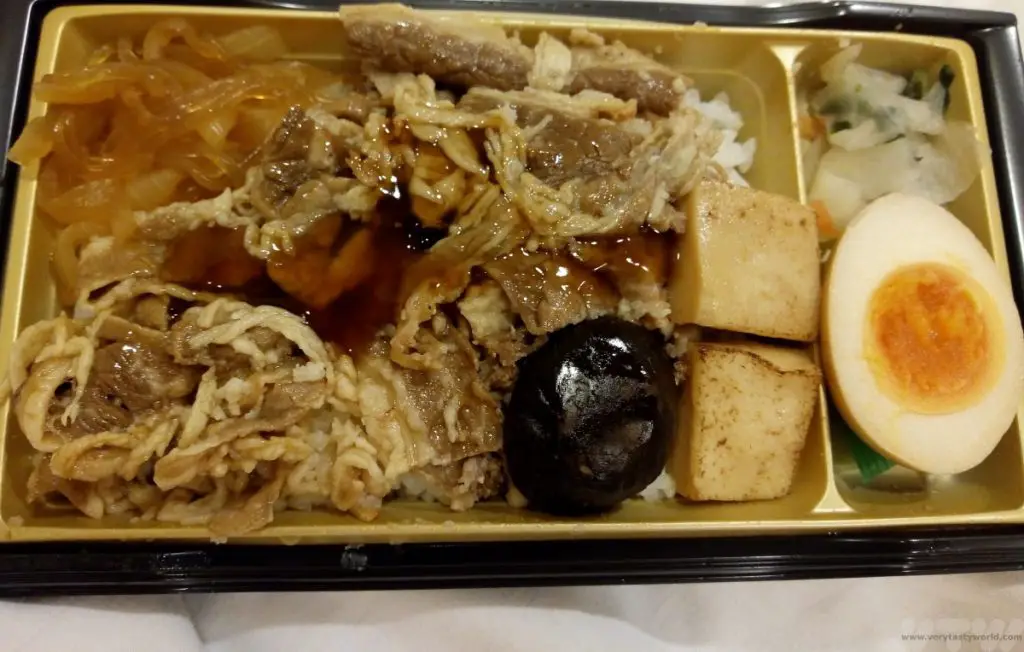
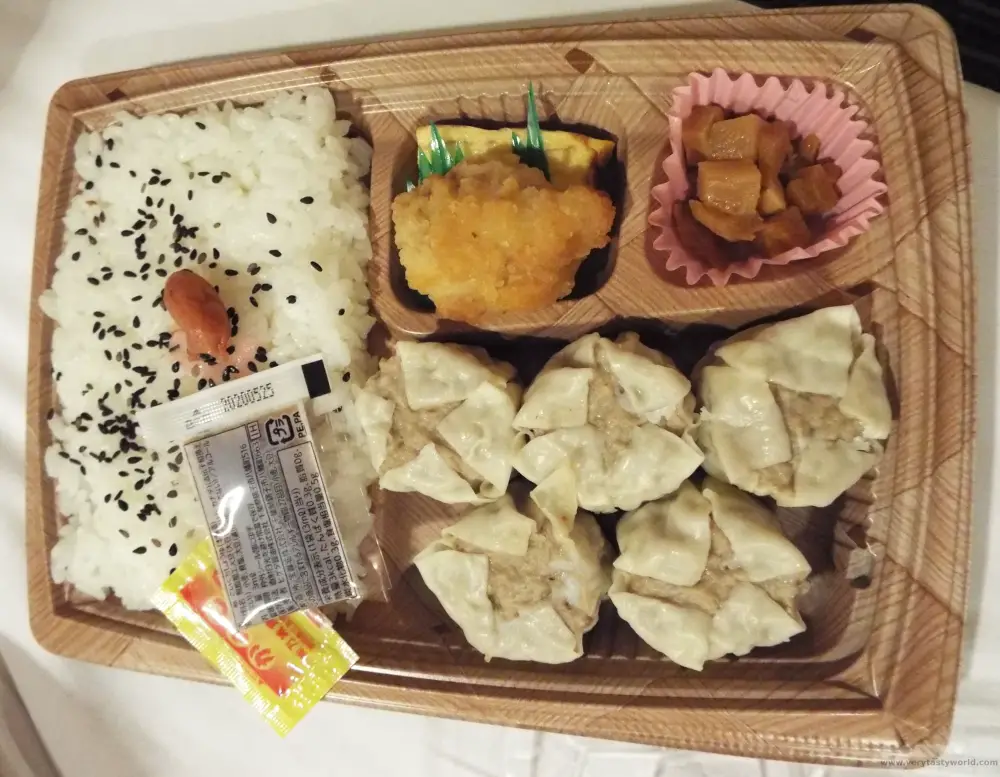
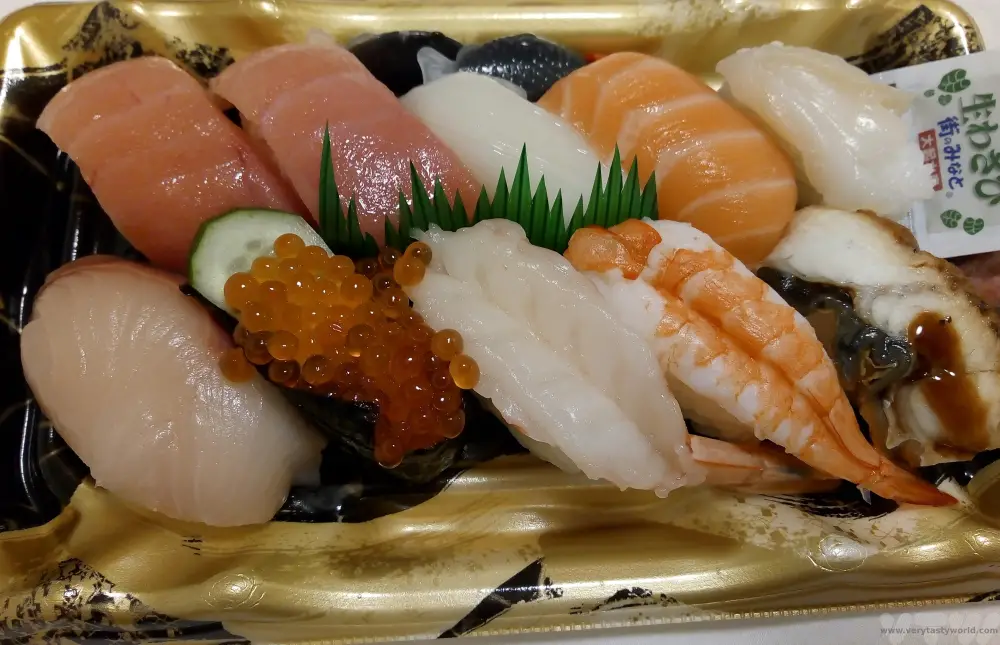
Japanese business hotels are undoubtedly great value but it is also nice to experience other types of accommodation. Ryokan are traditional inns which often offer a suite of rooms with a tatami (reed) mat floor, futon and amazing breakfasts and dinners – it’s a real experience although, of course, they are usually more expensive.
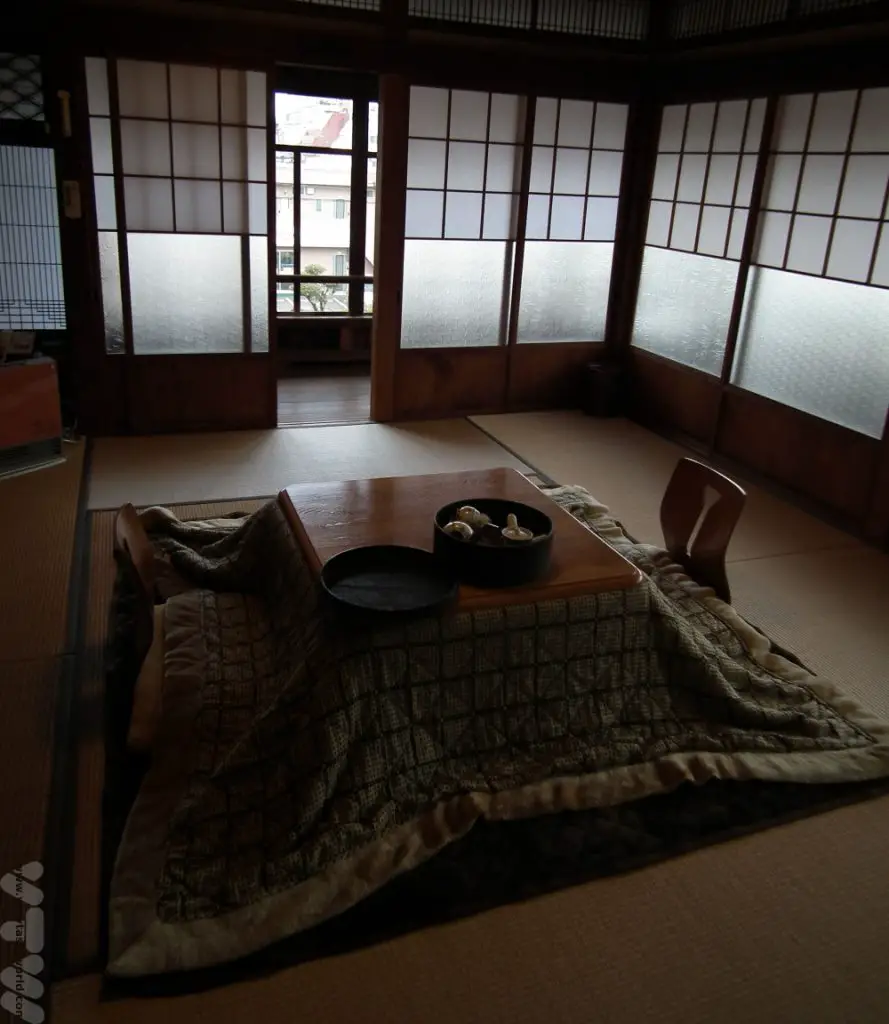
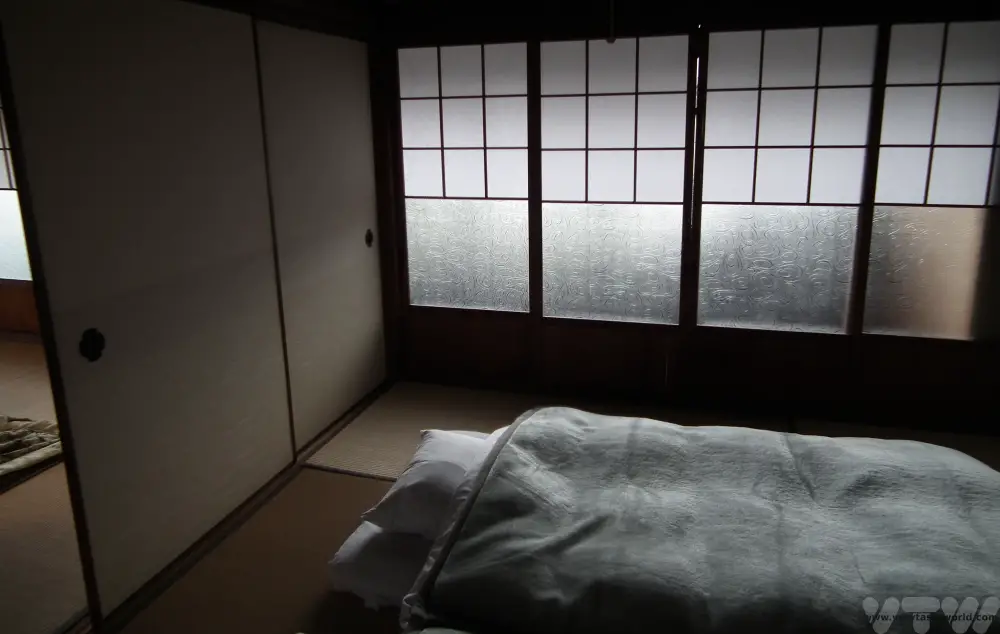
Minshuku are Japanese B&Bs – usually family run, they also offer Japanese style accommodation. They are fun, friendly and often cheaper than ryokan. It is also possible to visit family homes in some areas. AirBnB has been increasingly popular as a choice of accommodation in Japan too. There are also cheap dorm rooms for backpackers and the famous capsule hotels, whereby you can sleep inside a tube for the night, all mod-cons provided, albeit within an incredibly compact space. It’s worth noting that the budget accommodation options are often sex-segregated. When we travel around Japan we tend to choose business hotels for the majority of our stays, in order to keep the budget low, and then treat ourselves to a few nights’ splurge at a ryokan.
Related Posts You May Enjoy

- Recipe: Simmered Shiitake Mushrooms

- How to Use Public Transport in Japan

- RECIPE Oyakodon Donburi

- Planning a Trip to Japan
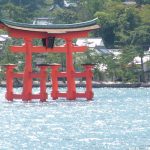
- The Makanai: Cooking for the Maiko House
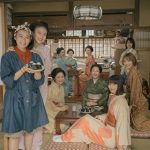
- Setsubun Food – Bean Throwing Day

- The Gassho Farmhouses of Rural Japan
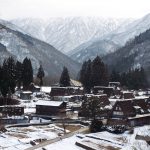
- Recipe: Japanese Simmered Pork Belly – Buta no Kakuni

- RECIPE: How to Make Umeboshi

